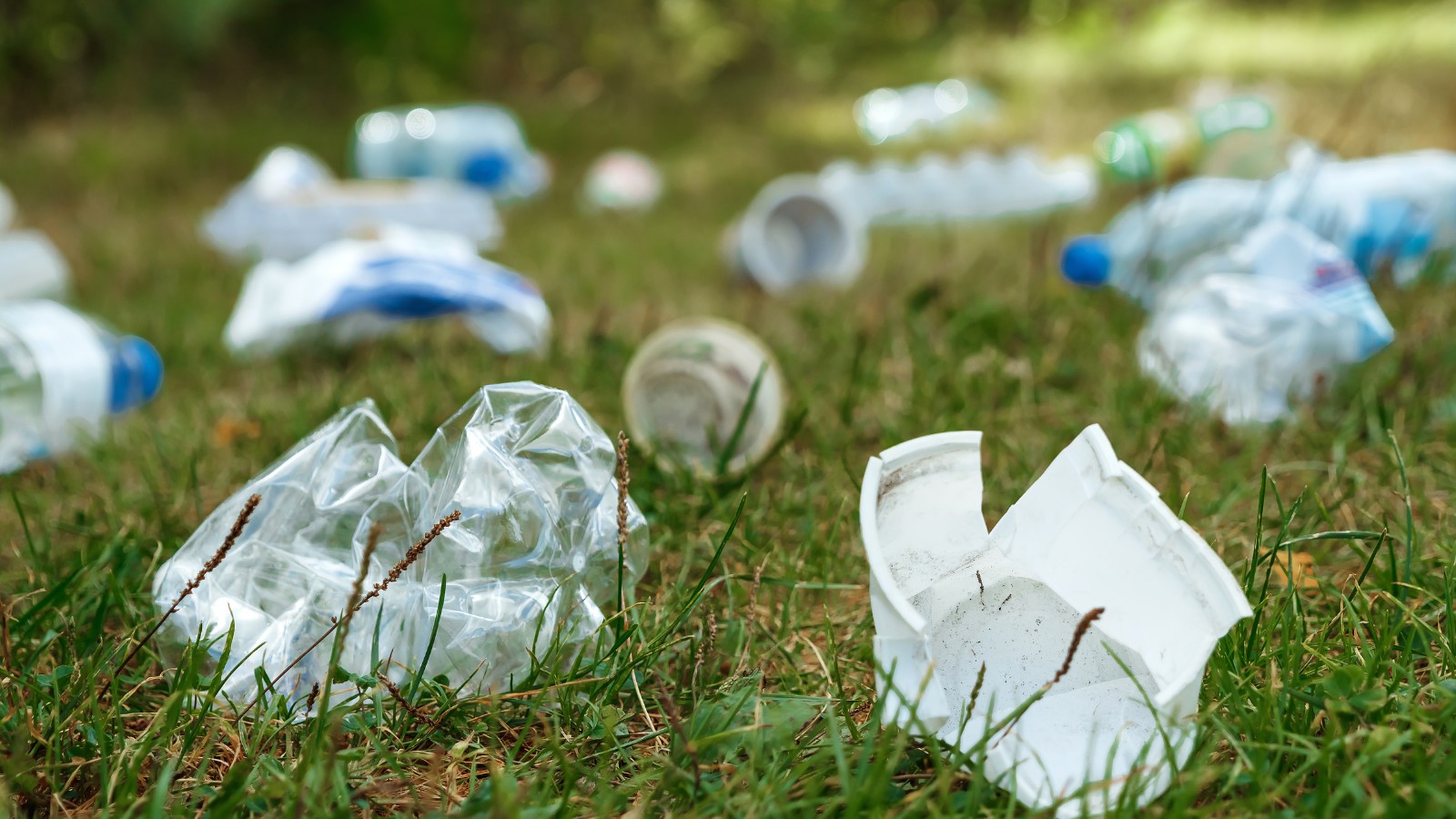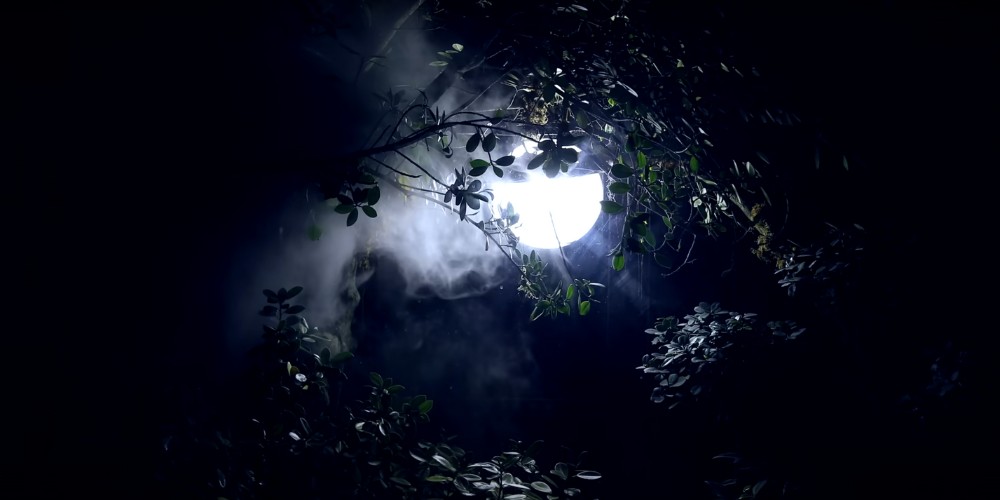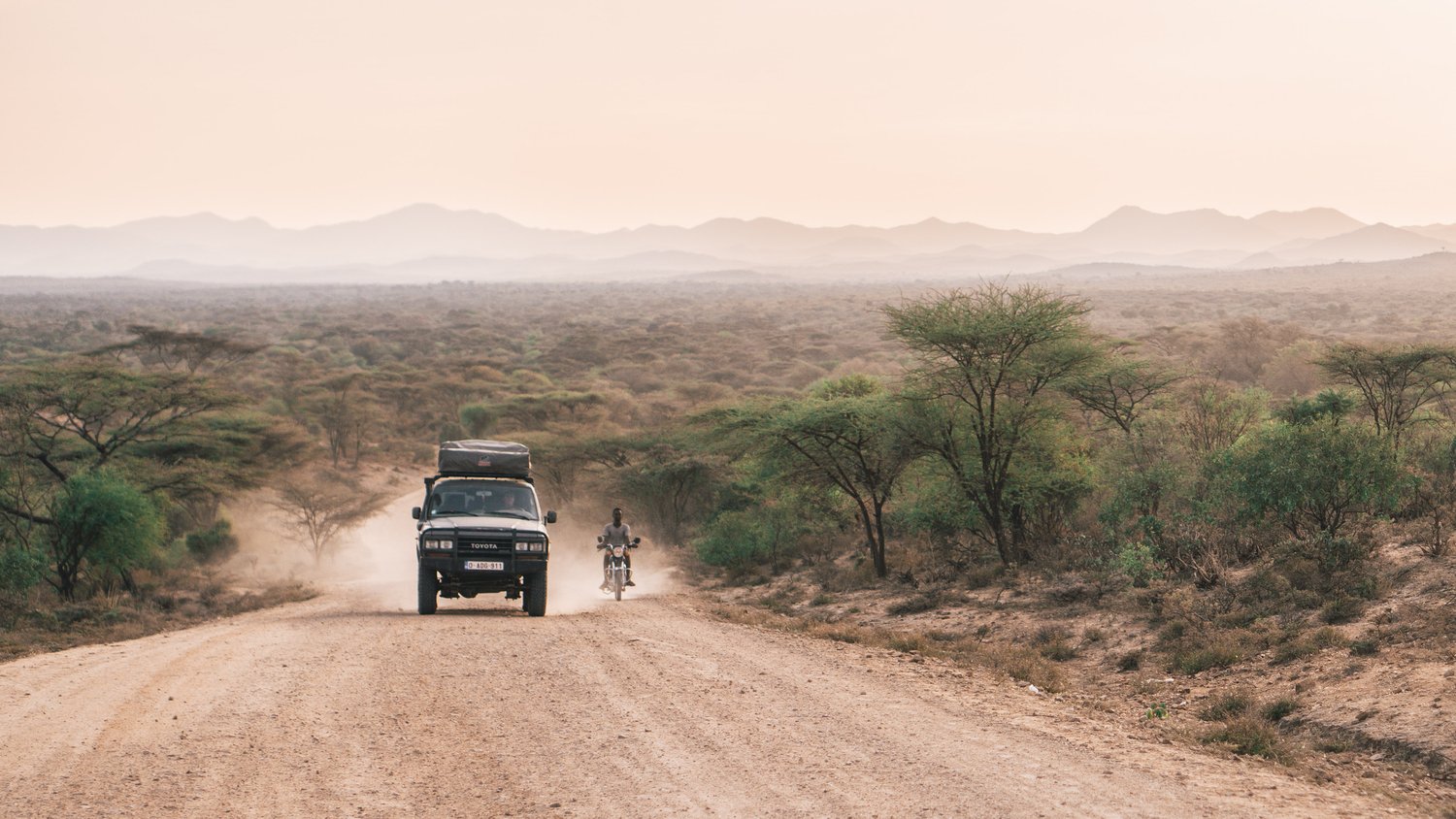- Around the world, protected areas have long been seen as the cornerstone of conservation efforts—national parks, wildlife reserves, and marine sanctuaries where nature can thrive away from the pressures of human development.
- But as environmental threats intensify and biodiversity loss accelerates, a deeper question has emerged: how effective are these protected areas in practice?
Around the world, protected areas have long been seen as the cornerstone of conservation efforts—national parks, wildlife reserves, and marine sanctuaries where nature can thrive away from the pressures of human development.
But as environmental threats intensify and biodiversity loss accelerates, a deeper question has emerged: how effective are these protected areas in practice?
It is against this backdrop that the International Union for Conservation of Nature (IUCN) launched the Green List of Protected and Conserved Areas—a global initiative aimed at recognizing conservation sites that don’t just exist, but perform.
The IUCN, founded in 1948, is a respected international authority on nature conservation. It launched the Green List in 2014 to raise the bar for protected areas around the world.
Rather than celebrating size alone, the Green List focuses on quality—how well an area is governed, managed, and delivering tangible benefits to both biodiversity and local communities.
Read More
To qualify for the Green List, a site must meet standards in four key areas: good governance, sound design and planning, effective management, and positive conservation outcomes.
This means a protected area must be inclusive in its decision-making, ecologically viable, operationally effective, and able to show measurable improvements in the environment it aims to protect.
What makes the Green List unique is its emphasis on accountability. Sites undergo a rigorous, peer-reviewed process and are regularly reassessed to ensure they continue to meet the required standards.
It is not a one-time award, but an ongoing commitment to conservation excellence. Areas that achieve Green List status gain international recognition and serve as models that others can learn from and emulate.
As of 2025, more than 80 protected areas across over 20 countries have been placed on the IUCN Green List. These include forests, wetlands, grasslands, mountains, and marine ecosystems—each demonstrating that effective conservation is possible in diverse contexts when there is strong leadership and collaboration.
In many of these areas, local communities and indigenous peoples play a central role, sharing traditional knowledge and helping to manage the land in ways that benefit both people and nature.
The Green List also plays a key role in supporting global conservation goals, such as the 30x30 target, which calls for 30 percent of the world’s land and oceans to be protected by the year 2030.
While these targets emphasize coverage, the Green List adds another layer of importance: ensuring that those areas are delivering real conservation impact. In doing so, it helps shift the global conversation from quantity to quality.
In a time of escalating ecological uncertainty, the IUCN Green List offers a hopeful and practical solution. It encourages protected areas to rise to higher standards and recognizes those that do.
It shows that conservation, when done thoughtfully and inclusively, can produce meaningful results. And perhaps most importantly, it reminds the world that protecting nature is not just about drawing boundaries—it’s about what happens inside them.






